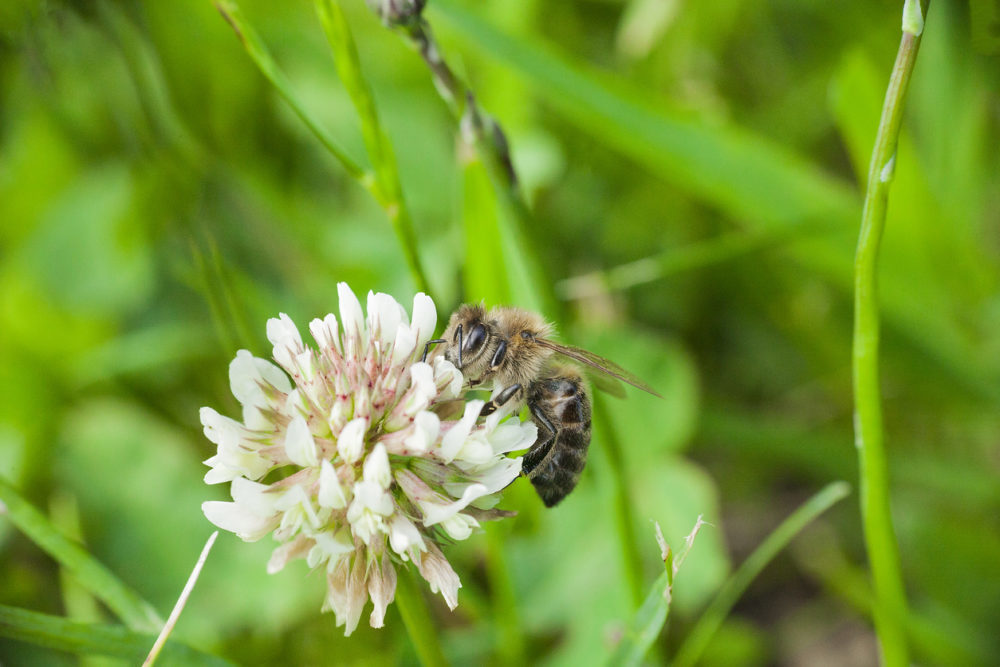As discussed in Part I, the class of insecticides called neonicotinoids began to show adverse effects on overall bee health about 10 years ago. The suspected problems became particularly noticeable in liquid spraying on large-scale crops such as corn or in one particular case when misused contrary to labeling instructions. But what about neonicotinoid usage on home lawns?
First, the label for these products has changed dramatically over the years due to the probable link to having a negative impact on bees, particularly if misused. The label is the law in terms of use, storage, and disposal of any pesticide, including neonicotinoids, also call neonics. The first big change was modifying the instructions on how this product should be applied. Specifically, a warning was added prohibiting the use of any neonic onto flowering trees, shrubs, and weeds, most commonly found in the spring and summer while bees are foraging. This warning applies to non-agricultural use, like your home lawn or landscape. The rules for use in agricultural settings are even more stringent.
So how does a professionally licensed and certified company like Chippers use a neonicotinoid in a lawn setting?
There is only one use for imidacloprid (the generic name for the chemical once patented as Merit) in lawns, and it is to reduce damaging grubs via a proactive, protective application. One treatment would generally be done between May and early August, either in a liquid spray or a granular coated product.
Since we employ dry, granular grub control applications as well as liquid, Chippers has had the ability to use products in a responsible way while paying particular attention to the research and associated problems being linked to bees. Granular treatments were of particular benefit since the pellet would not make contact to bees once applied, remaining on the soil and not the grass/weed itself. To further aid in a proper grub control application, a fresh cut lawn prior to application also assists by mowing off any flowering weeds such as dandelions and clover.
However, in 2016, due to their probable link to having a negative impact on bees and other pollinators, Chippers introduced a premium grub control treatment utilizing Acelepryn and began phasing out the use of Imidacloprid, our neonicotinoid product. Liquid or granular Acelepryn became our premium grub control product and has gained in popularity due to its nonharmful effects to bees and other beneficial insects such as ladybugs. In fact, 2019 will be the final year Chippers uses Merit or any neonicotinoid for grub control.
Part III of this blog series on neonicotinoids will cover Acelepryn, the new product for grub control.


